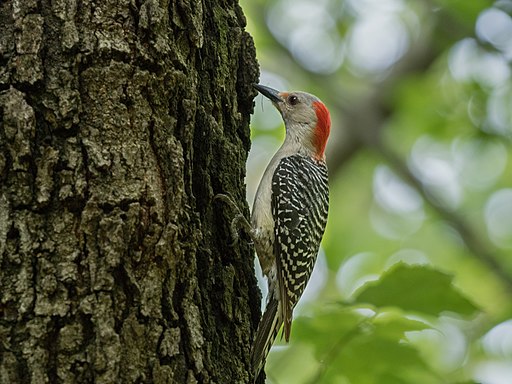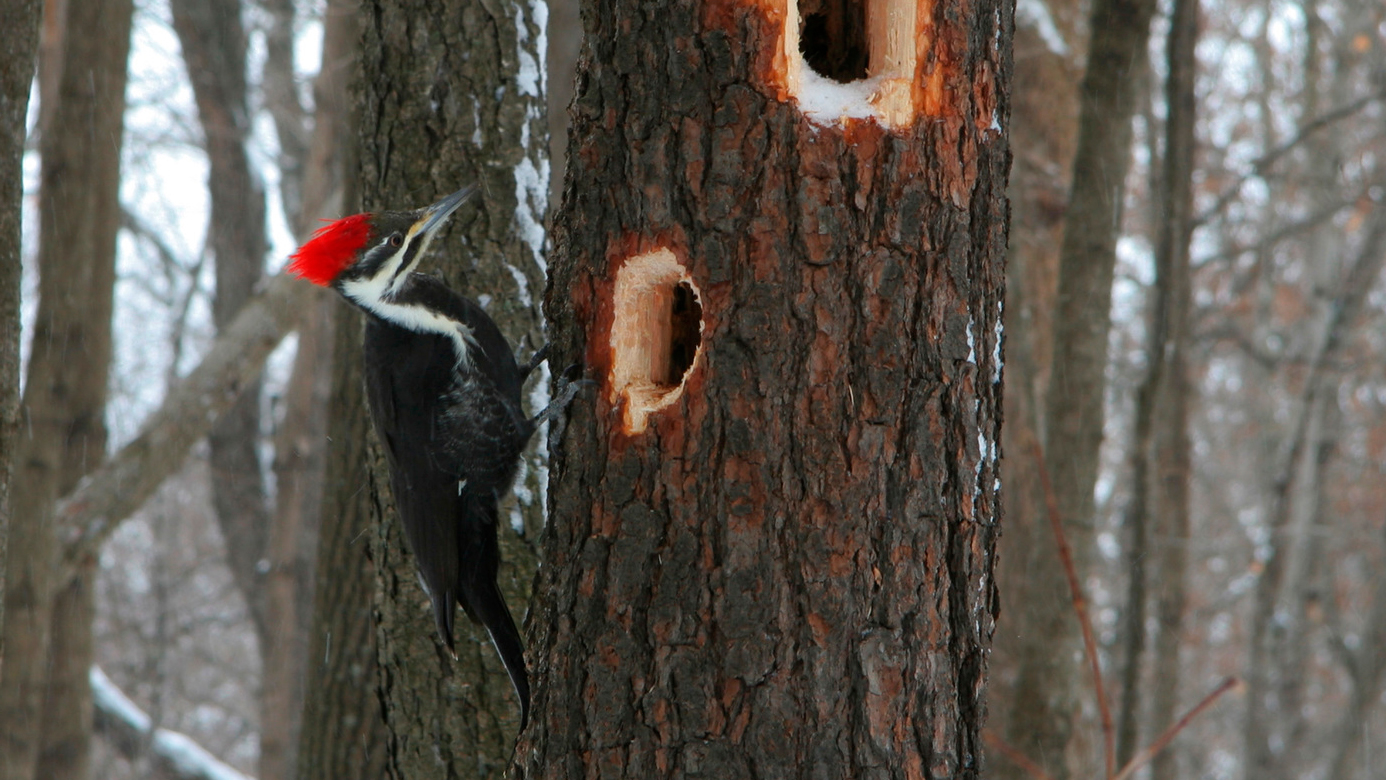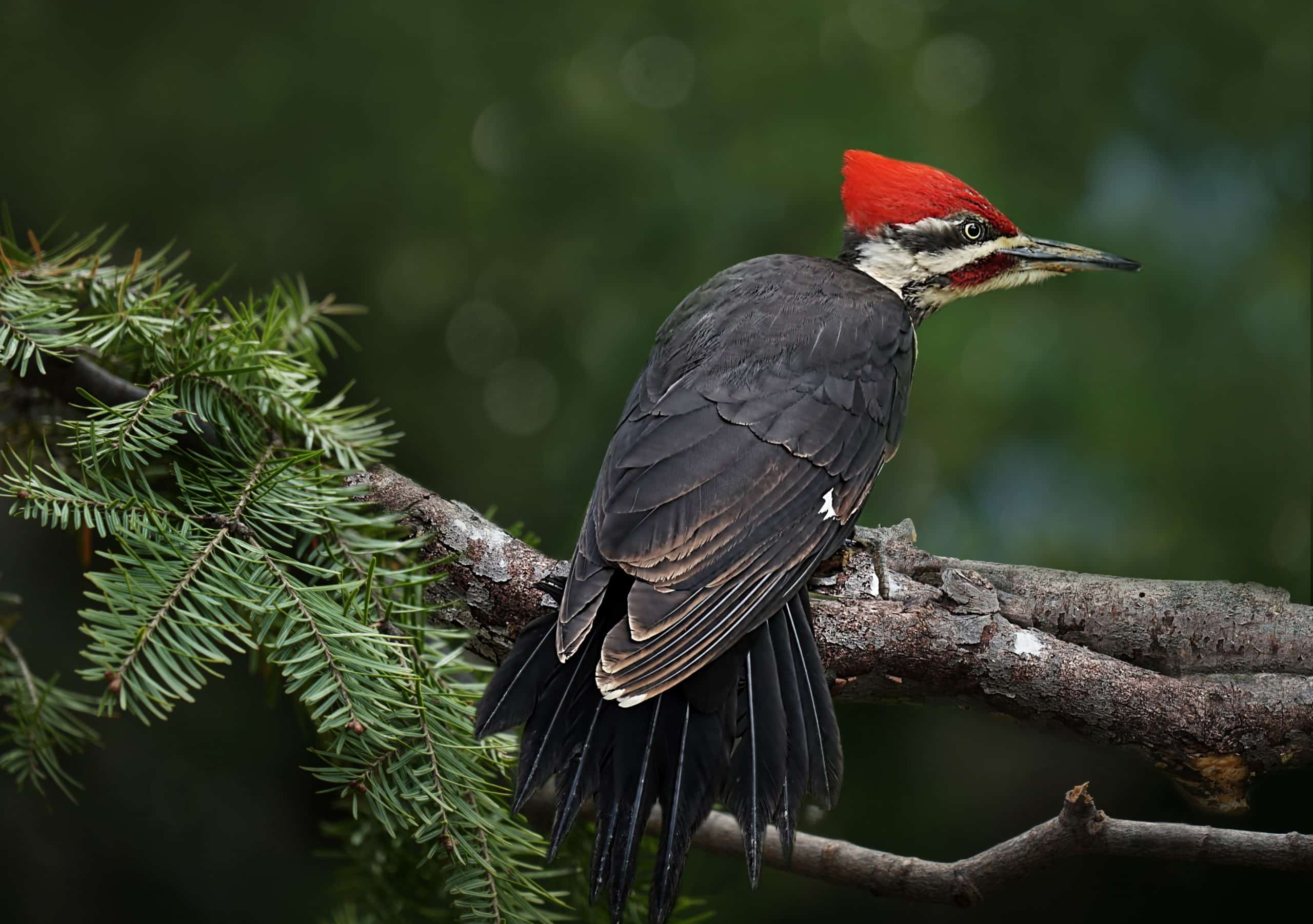Running Into Woodpeckers in Florida: Variety Variety and Recognition
Woodpeckers Unleashed: Discovering the Marvels of These Competent Tree Climbers
Woodpeckers, with their distinctive markings and rhythmic drumming resembling with wooded areas, hold an one-of-a-kind area in the avian globe - Woodpeckers in Florida. As we delve into the detailed details of woodpeckers' nesting habits, feeding strategies, and the ongoing preservation initiatives to safeguard these remarkable birds, a much deeper appreciation for their location in nature unravels.
Anatomy and Adaptations
When examining the anatomy and adaptations of woodpeckers, one can observe amazing attributes that make it possible for these birds to flourish in their specialized ecological niche. Additionally, woodpeckers have zygodactyl feet, with two toes dealing with onward and 2 encountering in reverse, supplying a company grip on tree trunks while they browse for food or drum for interaction.
Moreover, woodpeckers have an unique tongue framework that is long, barbed, and sticky, enabling them to draw out insects from holes in timber. This specific adjustment enables woodpeckers to exploit a food resource that is hard to reach to lots of other bird types. Generally, the anatomy and adjustments of woodpeckers display the exceptional evolutionary solutions that have permitted these birds to grow in their arboreal habitat.
Drumming Behavior
Having actually discovered the makeup and adaptations of woodpeckers, the emphasis currently moves to understanding their drumming actions, a distinct element of their communication and territorial display screens. Drumming is a crucial form of communication amongst woodpeckers, serving numerous functions such as developing areas, drawing in mates, and signaling alarm system. Each woodpecker species has an one-of-a-kind drumming pattern that assists individuals identify members of their very own types and identify them from competitors or killers.
Woodpeckers generate drumming sounds by quickly pecking on resonant surfaces such as dead trees, energy poles, and even metal things, creating a collection of balanced beats. The intensity and rate of drumming can vary based upon the purpose; for example, a fast drumming series may indicate aggression in the direction of burglars, while a slower and softer drumming pattern might show courtship (Woodpeckers in Florida). Additionally, woodpeckers may readjust the frequency and period of their drumming to convey certain messages effectively
Nesting Practices
Discovering the nesting habits of woodpeckers reveals fascinating understandings into their reproductive habits and environment selections. Woodpeckers are understood for their special nesting choices, frequently digging deep into dental caries in trees to develop protected rooms for raising their young. These dental caries offer not just as a nesting site however additionally as a safe and secure refuge from predators and stormy climate.
Woodpeckers exhibit a high level of fidelity to their nesting sites, commonly returning to the exact same place time after time. This actions highlights the relevance of appropriate habitat accessibility for their reproductive success. The choice of a nesting site is vital for woodpeckers, with elements such as tree types, height, and decay stage playing considerable functions in their decision-making procedure.
Interestingly, some woodpecker species are known to dig deep into numerous dental caries within their area, giving themselves with alternate nesting choices. This technique may work as a kind of insurance against potential threats or disturbances to their key nesting site.

Feeding Techniques
Woodpeckers use a range of specialized feeding techniques to obtain their main food sources. Among the most distinct feeding habits of woodpeckers is drumming, which involves rapid pecking on trees to discover bugs below the bark. This drumming not only assists them locate victim however also acts as a means of interaction with various other woodpeckers. Woodpeckers have strong, chisel-like beaks that permit them to pierce right into wood easily. Once an opening is produced, they use their long, barbed tongues to draw out insects such as ants, beetles, larvae, and crawlers. These tongues are coated with sticky saliva that helps catch the victim. Woodpeckers are likewise recognized to dig deep into cavities in trees to accessibility covert insect larvae or sap. Some types, like the acorn woodpecker, store nuts in particularly created openings called granaries. This strategic storing of food assists them make visit this web-site it through throughout food shortage periods. Woodpeckers are genuinely amazing in their feeding strategies, showcasing flexibility and knowledge in acquiring their nourishment.
Conservation Initiatives
Amidst the detailed feeding strategies displayed by woodpeckers, the conservation initiatives focused on securing these fascinating birds play a vital role in protecting their habitats and populaces. Woodpeckers face various threats to their survival, including habitat loss as a result of logging, climate change altering their communities, and collisions with synthetic frameworks such as structures and lorries - Woodpeckers in Florida. Preservationists are proactively working to address these challenges and ensure the long-lasting health of woodpecker species

Education and learning and public awareness projects are likewise crucial parts of woodpecker preservation initiatives. By increasing understanding concerning the importance of these birds in maintaining healthy forest ecological communities, see here conservationists can gather support for habitat conservation initiatives and promote liable land monitoring methods. Via collaborative initiatives between researchers, policymakers, and neighborhood areas, we can interact to secure a future where woodpeckers flourish in their natural habitats.
Verdict
